The line is carrying a growing number of cross-border tourists. Luo Wangshu reports from Vientiane.
The high-profile China-Laos Railway is benefiting tourists from all over the world and also bringing more opportunities for people in the tourism sector.
The 1,035-kilometer electrified line links Kunming, capital of Southwestern China's Yunnan province, with Vientiane, the capital city of Laos. It began operations in December 2021, and launched a cross-border passenger service in April, with bullet trains running in both directions between Kunming and Vientiane.
The railway has cut the journey time between Kunming and Vientiane to 10 1/2 hours, including inspections at customs clearance stations at the respective borders.
By the end of August, the railway had recorded 20.79 million passenger trips, according to a newly released white paper by the State Council Information Office of China.
"It was fast, efficient and pleasant," said Stuart Hart, a tourist from the United Kingdom who was visiting Laos, sharing his firsthand experience as a passenger on the railway. He has taken the service twice.
Hart, who lived in Shanghai for two years, said the service was as good as the trains he had experienced in China.
Tourists Juliet and Dean O'Reilly, also from the UK, said the Vientiane Railway Station is big and beautiful. They took a ride from Vientiane to Luang Prabang, a popular tourism destination in Laos.
Before the railway opened, the only public transportation between Vientiane and Luang Prabang was by bus.
"The bus took an entire day … It was not a pleasant experience to sit on a crowded bus from morning to dawn. The winding mountain road made the trip even worse," said Vongthong Somphavath, a Luang Prabang native who currently works in Vientiane.
She added that the trip only takes about two hours by train now.
"Besides the speed, the scenery along the railway is much better than that from the bus," she said. "There are some complaints about ticket prices, but the fact is that the tickets always sell out very quickly."
Luang Prabang, the former capital of the Kingdom of Laos, is a popular tourist site, with beautiful natural views along the Mekong River and abundant cultural relics, such as the former royal residence and famous temples.
Economic boost
The railway brings more tourists to Luang Prabang, said Soudaphone Khomthavong, head of the media, culture and tourism bureau of Luang Prabang province, adding that it has already boosted transportation, investment, logistics and tourism in Laos, and will continue to do so.
Data from the bureau show that since the railway opened, about 85 percent of tourists have opted to take the train from Vientiane to Luang Prabang.
"Laotian people and tourists from other countries find it easier to visit Luang Prabang by train," Khomthavong said, adding that she hoped the cross-border railway link would bring more Chinese tourists back to Luang Prabang.
"Before the (COVID-19) pandemic, the number of Chinese tourists visiting Luang Prabang ranked number one or two, but it has fallen to number nine," she said in April.
She noted that the tourism industry in the province was preparing to receive more Chinese tourists after the train's international passenger service opened.
Chen Ruifen, a 66-year-old from East China's Zhejiang province, took the cross-border passenger service from Kunming to Vientiane in April. It was her first trip overseas since the pandemic ended. "The journey by rail is more comfortable, and Laos is not far from China," she said, adding that train tickets and hotel accommodations are less costly in Laos compared with other international destinations.
She joined a group tour and was happy with the journey.
The railway is extremely good news for local people in the tourism business. In Luang Prabang and Vientiane, paintings and photos of bullet trains and the railway hang in prominent places on the street, highlighting the convenient and comfortable journeys.
Bouncier Tangsinsomyong, a 50-year-old tour guide in Vientiane, said that he and his peers were excited to see more Chinese tourists visiting Laos following the end of the pandemic and the reopening of the border.
Landmark project
As a landmark project under the China-proposed Belt and Road Initiative, the railway showcases the infrastructure link that boosts the shared benefits of people from China, Laos and other countries.
It is the first transnational railway built under the BRI, funded mainly by Chinese investment, operated jointly by the two sides and connected directly to China's national railway network.
This year marks the 10th anniversary of the BRI, and the third Belt and Road Forum for International Cooperation was held in Beijing from Oct 17 to 18.
"The China-Laos Railway has been completed and is providing a sound service, and its role as a golden transport channel is becoming increasingly prominent," according to the white paper of the State Council Information Office, which introduced and summarized the BRI's work and influence in recent years.
Before the China-Laos Railway, Laos only had a 3.5-km railway along its border with Thailand, so the new railway has helped Laos realize a long-held dream of becoming a land-linked country rather than a landlocked one.
It has promoted transportation, investment, logistics and tourism, and injected new impetus into the economic development of Laos and other places along the line.
According to a World Bank study — "From Landlocked to Land-Linked: Unlocking the Potential of Lao-China Rail Connectivity" — the railway could raise the aggregate income in Laos by up to 21 percent over the long term.
Meanwhile, the transit trade along the line through Laos is estimated to reach 3.9 million metric tons per year by 2030, which would include shifting an estimated 1.5 million tons of trade from maritime transport onto the railway, it said.












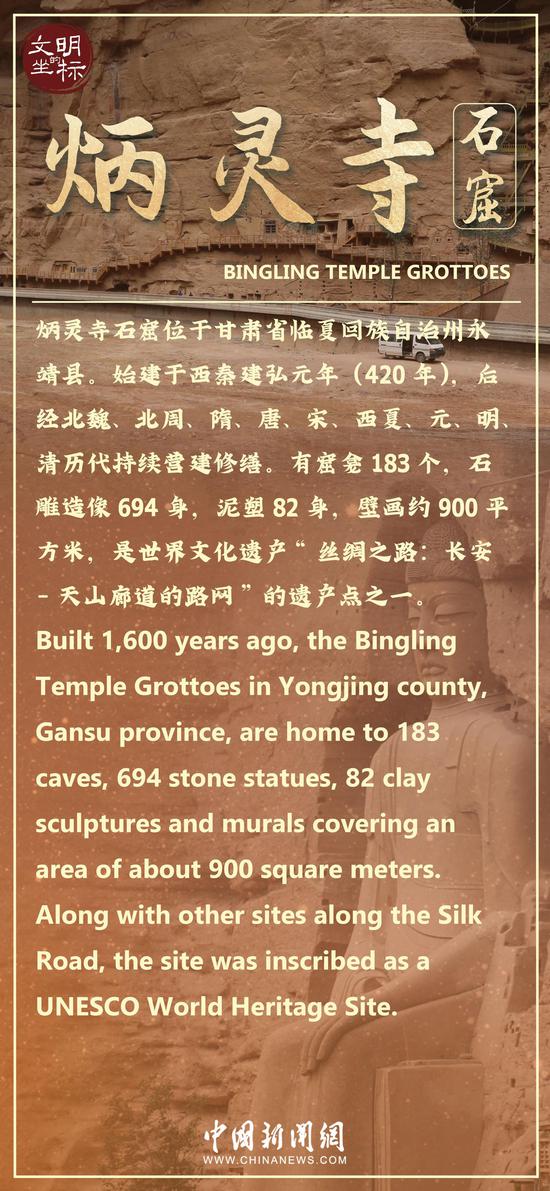

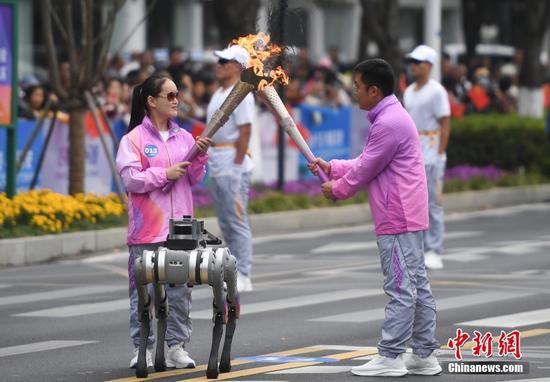



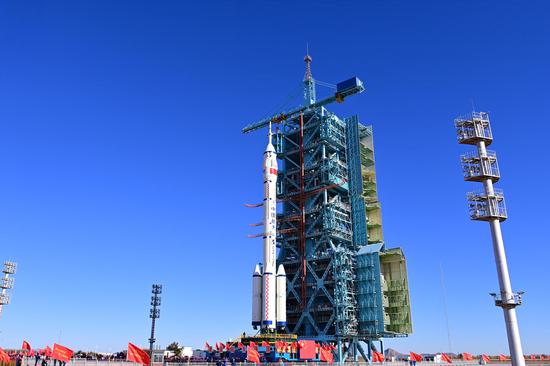




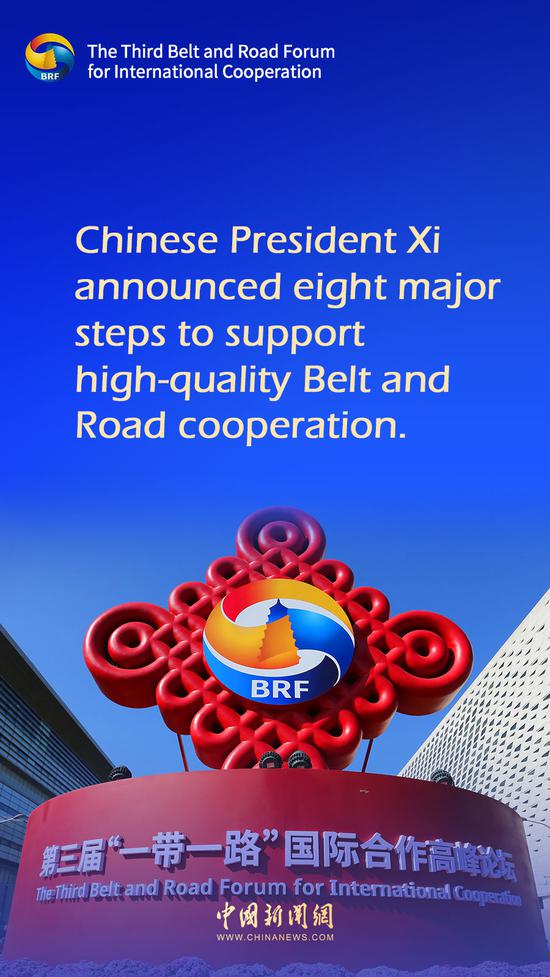

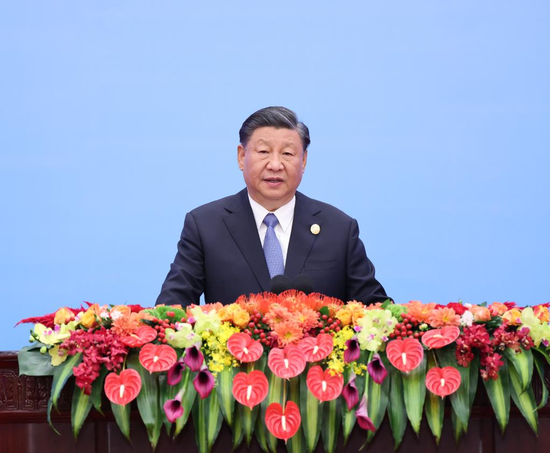
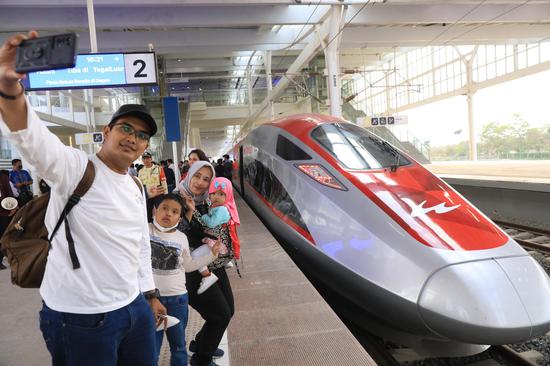


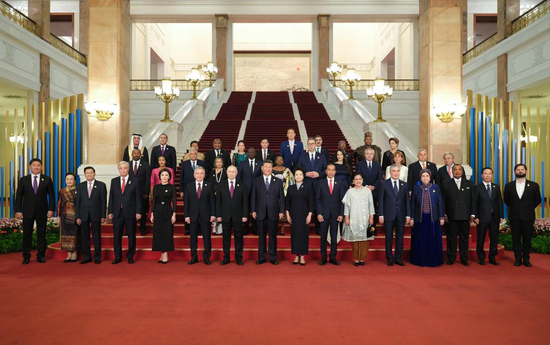

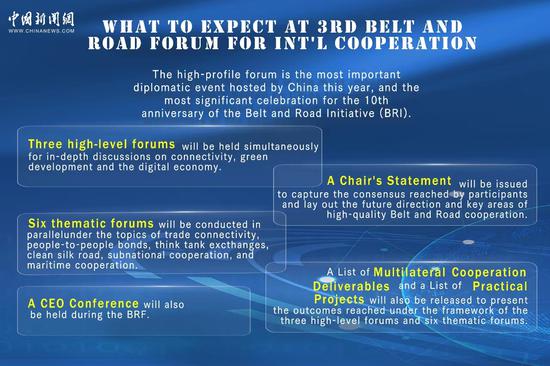

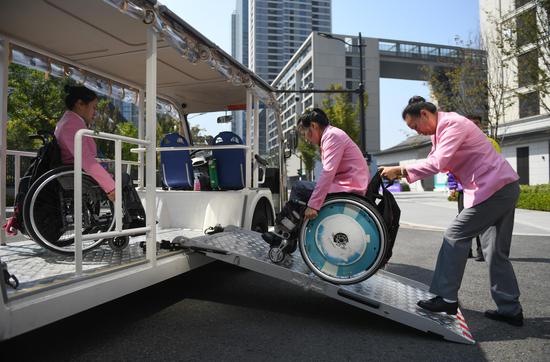






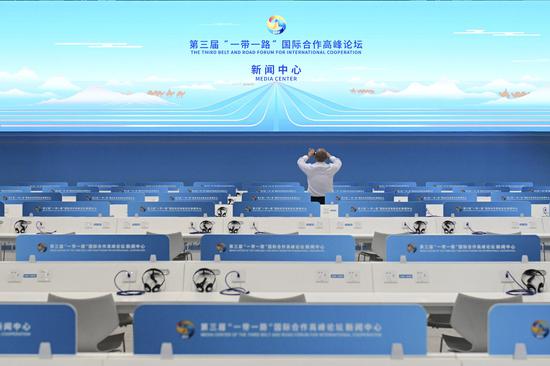
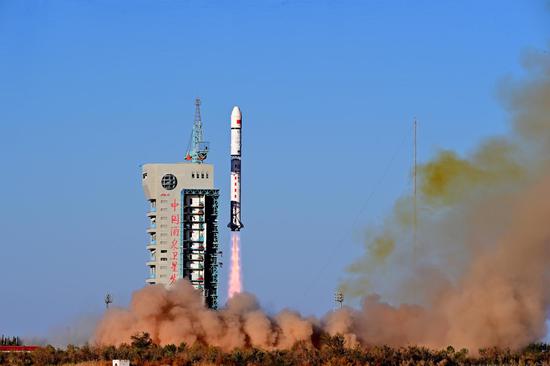
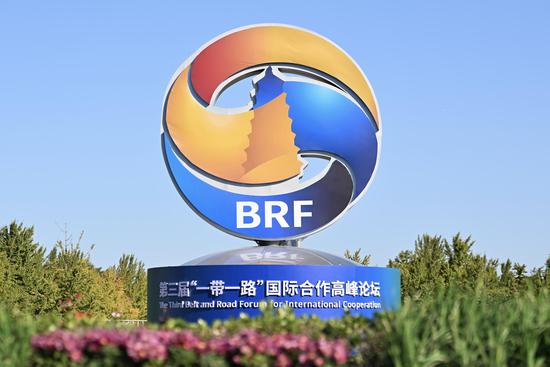
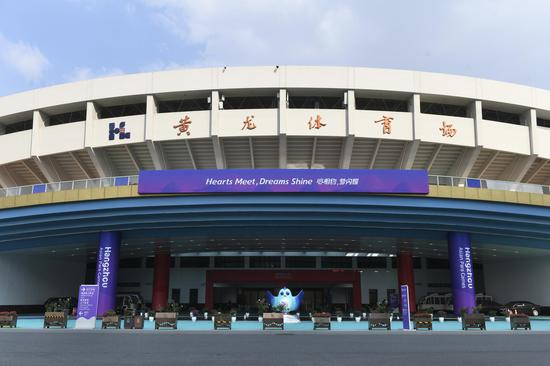






 京公網安備 11010202009201號
京公網安備 11010202009201號